At KILO, training isn’t a guessing game. Every split we prescribe, every session we build, and every phase we design is grounded in logic, experience, and results. The best training plans don’t just look good on paper, they deliver.
Whether your goal is to lose fat, gain muscle, or build strength, the training split you follow must match your physiology, your experience, and the outcome you’re chasing. In this article, we’ll walk you through how we organize training at KILO for the three most common goals:
- Fat Loss
- Hypertrophy
- Strength
Each section includes the reasoning behind the split, sample schedules, and practical takeaways so you can start implementing these strategies right away.
Fat Loss: Maximizing Metabolic Stress
When the goal is fat loss, the number one priority is to increase metabolic stress; the internal demand placed on your system to move, recover, and adapt. This stress must be applied consistently and with enough intensity to elicit a positive response to improve body composition.
Why Full Body Splits Work Best
For fat loss specialization phases, we exclusively use full body splits. This means each session trains both upper and lower body muscle groups. The reason? Full body workouts activate more muscle per session, increase heart rate more effectively, and produce a higher energy demand than body-part splits.
In addition, full body sessions promote greater hormonal responses, improve nutrient partitioning, and build higher work capacity, all of which are beneficial in a fat loss phase.
Fat Loss Split: 3-Week Phase
We use a 4-day training week, alternating between two full body workouts:
| Day | Session |
|---|---|
| Monday | Full Body 1 |
| Tuesday | Full Body 2 |
| Wednesday | Off |
| Thursday | Full Body 1 |
| Friday | Full Body 2 |
| Saturday | Off |
| Sunday | Off |
This cycle repeats across all three weeks for a total of 12 sessions, six exposures to each full body workout.
Why Only Two Full Body Sessions?
We’ve found that for most trainees, using more than two full body sessions within a microcycle leads to diminished returns. Most clients struggle with the motor learning demands of switching between too many movement patterns each week. By sticking with just two full body variations, you build movement proficiency, improve execution, and ensure the metabolic stimulus accumulates where it matters most.
How Long Should a Fat Loss Phase Last?
In our experience, the sweet spot for fat loss training is 12 weeks. Beyond that, continuing with high frequency and high volume full body training becomes counterproductive. You risk accumulating fatigue and experiencing diminishing returns.
Takeaway: Fat loss requires a focused, aggressive, and time-bound approach. Use a full body split, keep it consistent, and build intensity across 4 mesocycles before transitioning to another goal.
Fat Loss Specialization Course
Learn a clear, practical framework for building highly effective fat loss programs for only $299.
Enroll NowHypertrophy: Building Mass Strategically
Hypertrophy is the process of increasing the size of your muscle fibers. But growing muscle isn’t just about lifting heavy, it’s about managing volume, frequency, and recovery in a way that challenges your physiology without overwhelming it.
At KILO, we use different training splits depending on the phase of the hypertrophy cycle: accumulation or intensification.
Accumulation Phases: Body Part Splits
During accumulation phases, we focus on volume, the total number of sets and reps performed. To handle this volume without overtraining, we use body part splits. This spreads the workload across the week and gives each muscle group the time it needs to recover.
Option 1
Accumulation Split: Introductory Microcycle Structure
| Day | Session |
|---|---|
| Monday | Arms & Shoulders |
| Tuesday | Lower Body |
| Wednesday | Off |
| Thursday | Chest & Back |
| Friday | Off |
This schedule rotates over three weeks, ensuring each muscle group is trained approximately once every five days, for a total of four sessions per muscle group.
Why It Works: Smaller upper body muscles (arms, shoulders) recover faster and can be easily paired with the larger muscles of the lower body on the next day. We also schedule larger muscle groups like chest and back around off days to maximize recovery.
Option 2
Accumulation Split: Modified Pairings
| Day | Session |
|---|---|
| Monday | Chest & Arms |
| Tuesday | Lower Body |
| Wednesday | Off |
| Thursday | Back & Shoulders |
| Friday | Off |
This split is ideal for stronger trainees or individuals with reduced work capacity. Pairing large and small muscle groups keeps total systemic fatigue manageable while still delivering results.
Option 3
Accumulation Split: High Frequency Upper Body
| Day | Week 1 | Week 2 | Week 3 |
|---|---|---|---|
| Monday | Chest & Back | Lower Body | Arms & Shoulders |
| Tuesday | Lower Body | Arms & Shoulders | Lower Body |
| Wednesday | Arms & Shoulders | Off | Chest & Back |
| Thursday | Posterior Chain | Chest & Back | Posterior Chain |
| Friday | Chest & Back | Posterior Chain | Arms & Shoulders |
| Saturday | Off | Off | Off |
| Sunday | Off | Off | Off |
Over three weeks, this split delivers 14 sessions, with four upper body exposures and three lower body exposures. This works particularly well for lifters who recover quickly or want to emphasize upper body development.
Option 4
Accumulation Split: Advanced Volume
| Day | Session |
|---|---|
| Monday | Chest |
| Tuesday | Back |
| Wednesday | Lower Body |
| Thursday | Arms & Shoulders |
| Friday | Posterior Chain |
| Saturday | Off |
| Sunday | Off |
Each body part is trained once per week, which means you need to compensate with higher volume per session, typically 24-36 sets. This works best for advanced lifters with a strong hypertrophy and strength base.
Intensification Phases: Upper/Lower Splits
Once volume is established, we shift the focus to intensification, heavier weights, lower rep ranges, and improved motor unit recruitment. To accomplish this, we use upper/lower splits.
Intensification Split: 3-Week Cycle
| Day | Session |
|---|---|
| Monday | Upper Body 1 |
| Tuesday | Lower Body 1 |
| Wednesday | Off |
| Thursday | Upper Body 2 |
| Friday | Lower Body 2 |
| Saturday | Off |
| Sunday | Off |
This gives each region two exposures per week, allowing us to focus on compound movements, heavier loading, and movement quality.
Why Strength Supports Hypertrophy: The more motor units you can recruit and the more high-threshold fibers you activate, the greater your capacity to grow. Getting stronger makes hypertrophy phases more effective.
Hypertrophy Specialization Course
A clear system for designing hypertrophy training programs that actually build muscle. Only $299.
Enroll NowStrength: Neural Adaptation First
Strength is not just about muscle, it’s about the nervous system. Strength gains come from improving intra- and intermuscular coordination, refining movement patterns, and maximizing recruitment of motor units.
To train strength efficiently, we rely on moderate volume with higher exposure to core lifts.
Strength Split: 3-Week Cycle
| Day | Session |
|---|---|
| Monday | Upper Body 1 |
| Tuesday | Lower Body 1 |
| Wednesday | Off |
| Thursday | Upper Body 2 |
| Friday | Lower Body 2 |
| Saturday | Off |
| Sunday | Off |
This split allows us to train each body region twice weekly, focusing on multi-joint compound lifts like squats, deadlifts, bench presses, overhead presses, and chin-ups.
We vary the upper and lower body days slightly to avoid repetitive joint stress and to challenge the nervous system in different planes and patterns.
Lower Body Recovery Matters: Scheduling heavy lower body sessions on Tuesdays and Fridays creates recovery buffers on Wednesday and the weekend. This is essential for managing fatigue and protecting performance on lifts like the overhead press, which can be easily compromised by lower back fatigue.
Final Thoughts: Let the Goal Guide the Split
There are hundreds of ways to structure a training week. But not every split fits every goal. At KILO, we believe the best programs are built with clarity, purpose, and progression. The training split must match the intended outcome:
| Goal | Best Split Type | Key Focus |
|---|---|---|
| Fat Loss | Full Body Split | Metabolic stress, frequency |
| Hypertrophy (Accumulation) | Body Part Split | High volume, targeted recovery |
| Hypertrophy (Intensification) | Upper/Lower Split | Heavier loads, compound lifts |
| Strength | Upper/Lower Split | Neural adaptation, coordination |
Choose the right split for the goal, stay on it long enough to adapt, and make small adjustments based on how your body responds.
You don’t need complexity to get results. You need consistency, structure, and execution.
Train with intention. Program with purpose. That’s the KILO way.
Training Split Database
Browse 70+ proven training splits organized by goal, frequency, and experience level. Save time and design smarter programs with confidence.
View Tool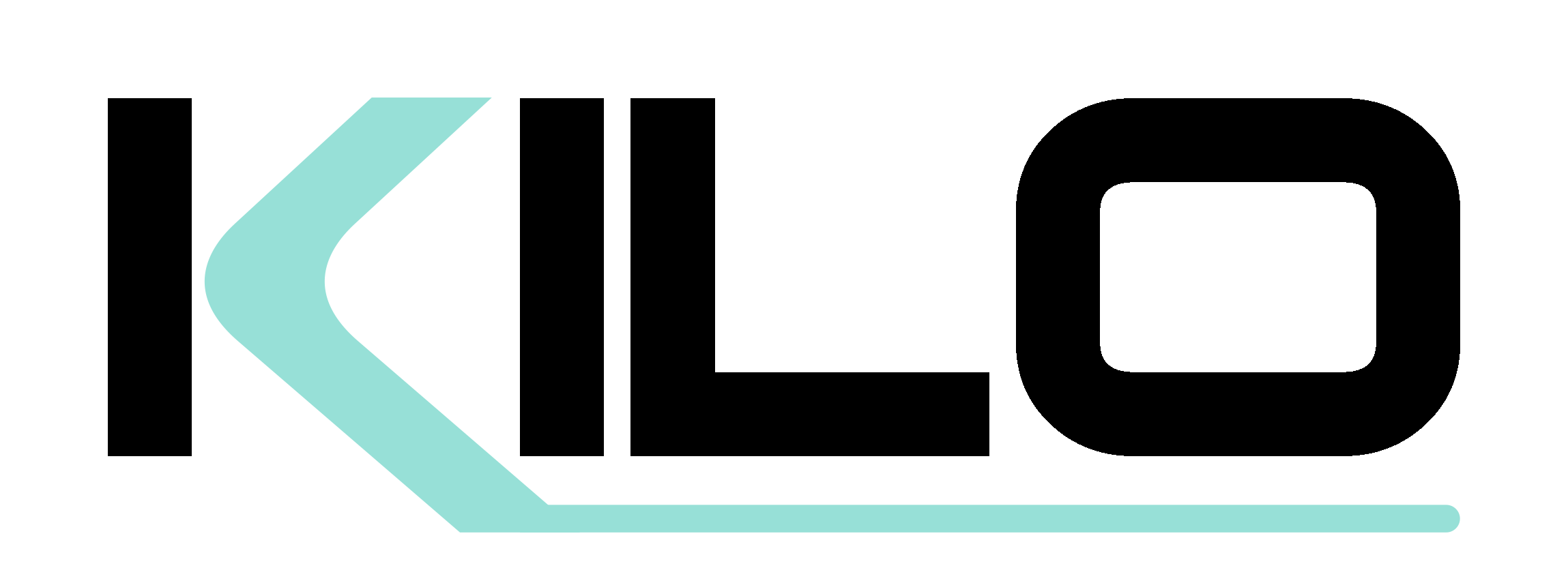
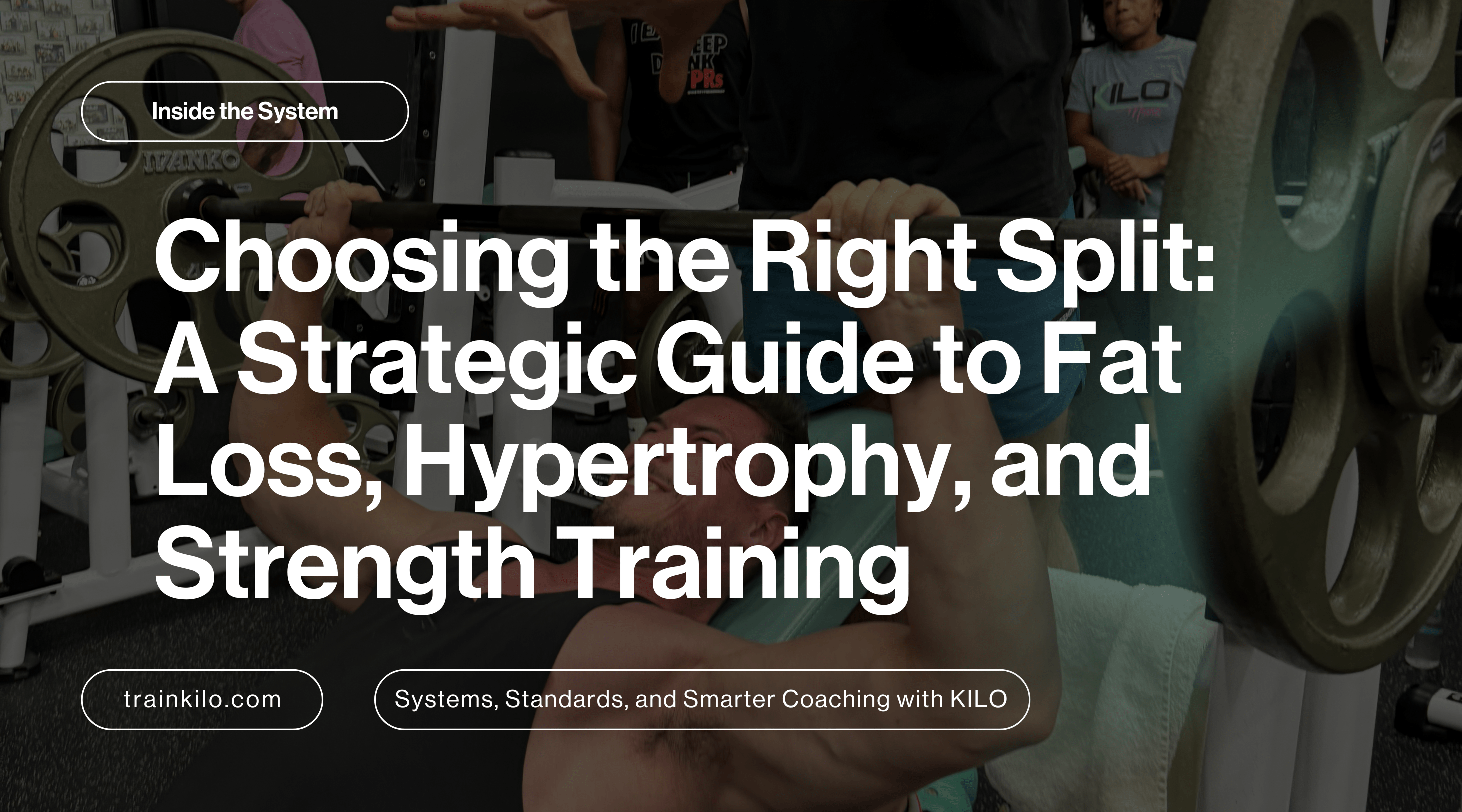
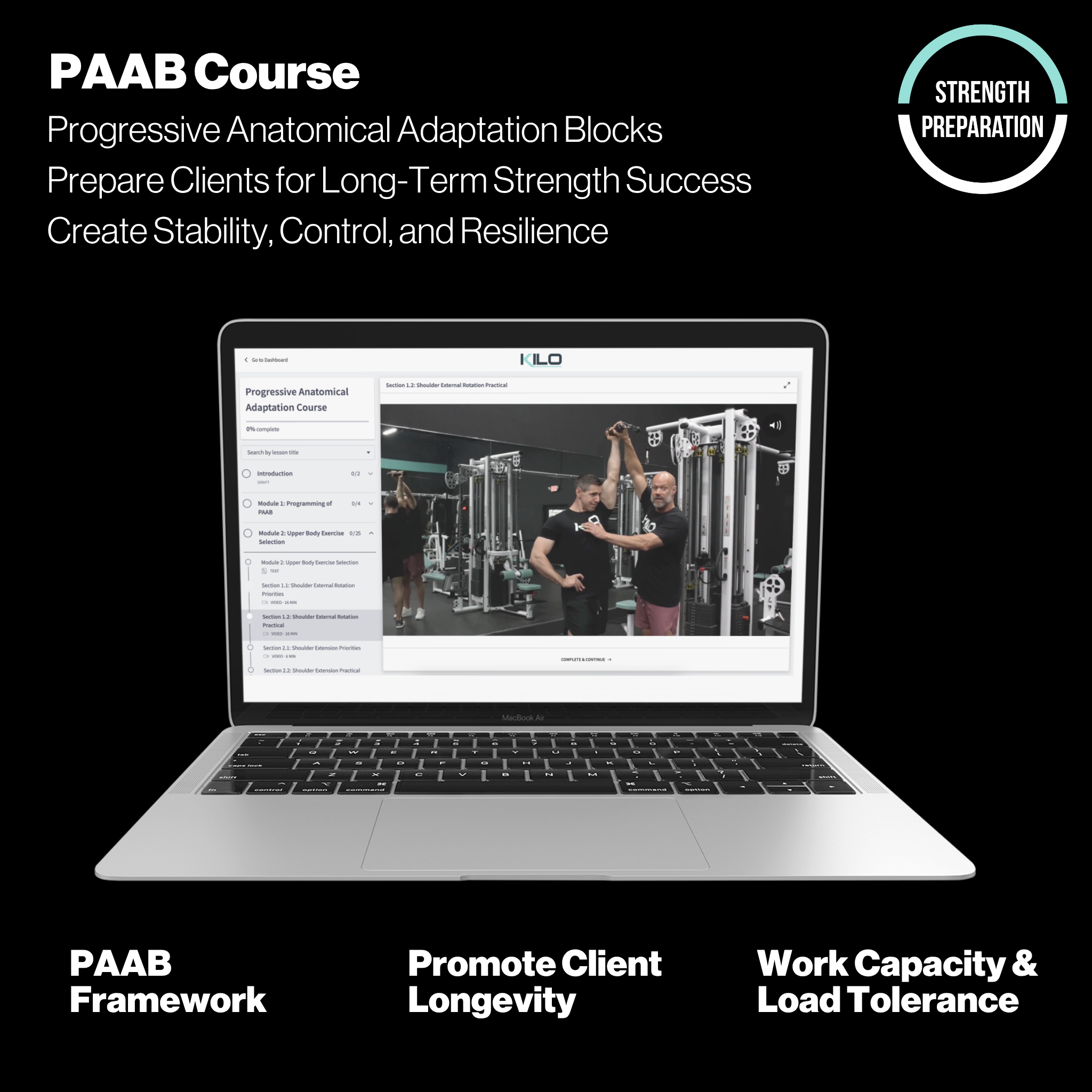
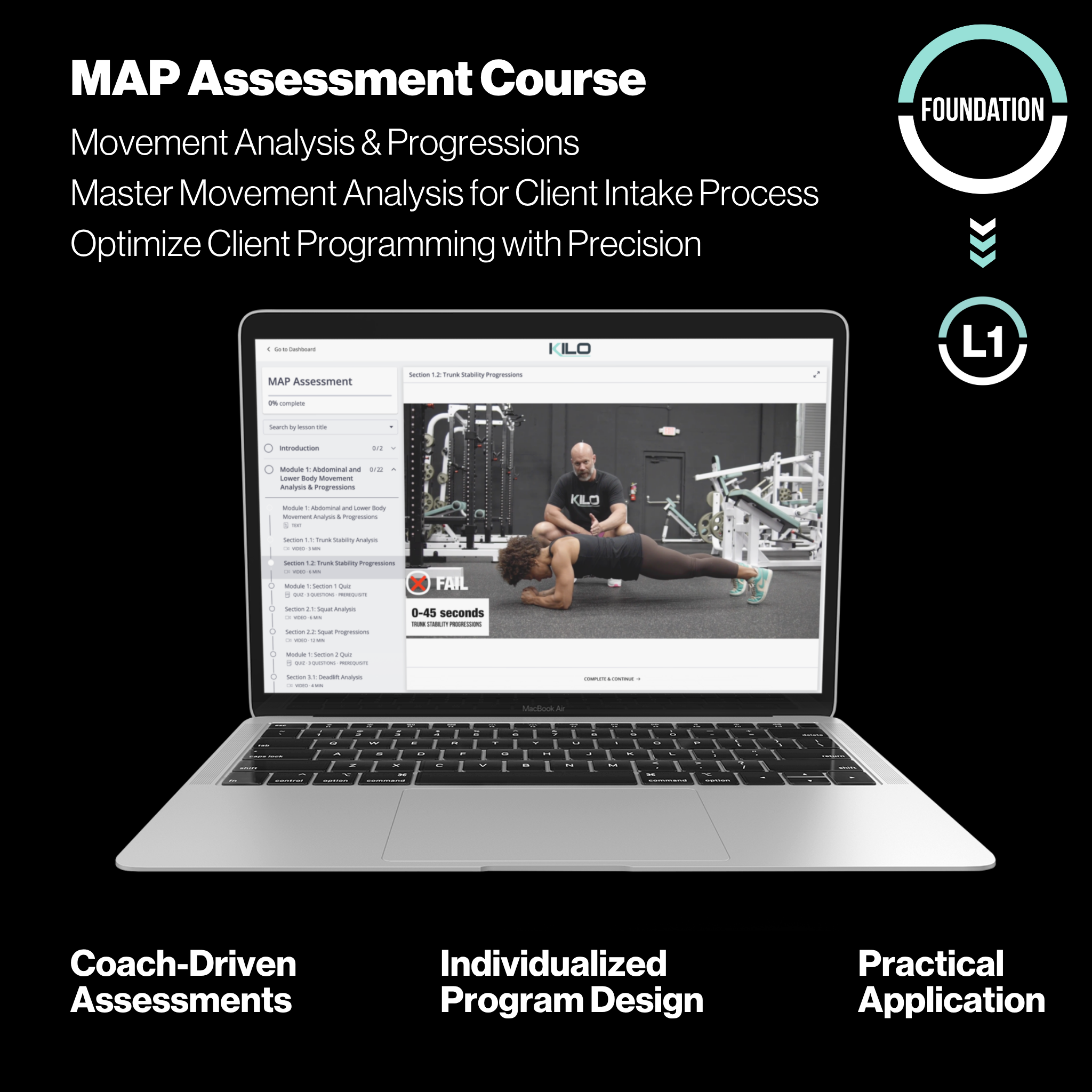
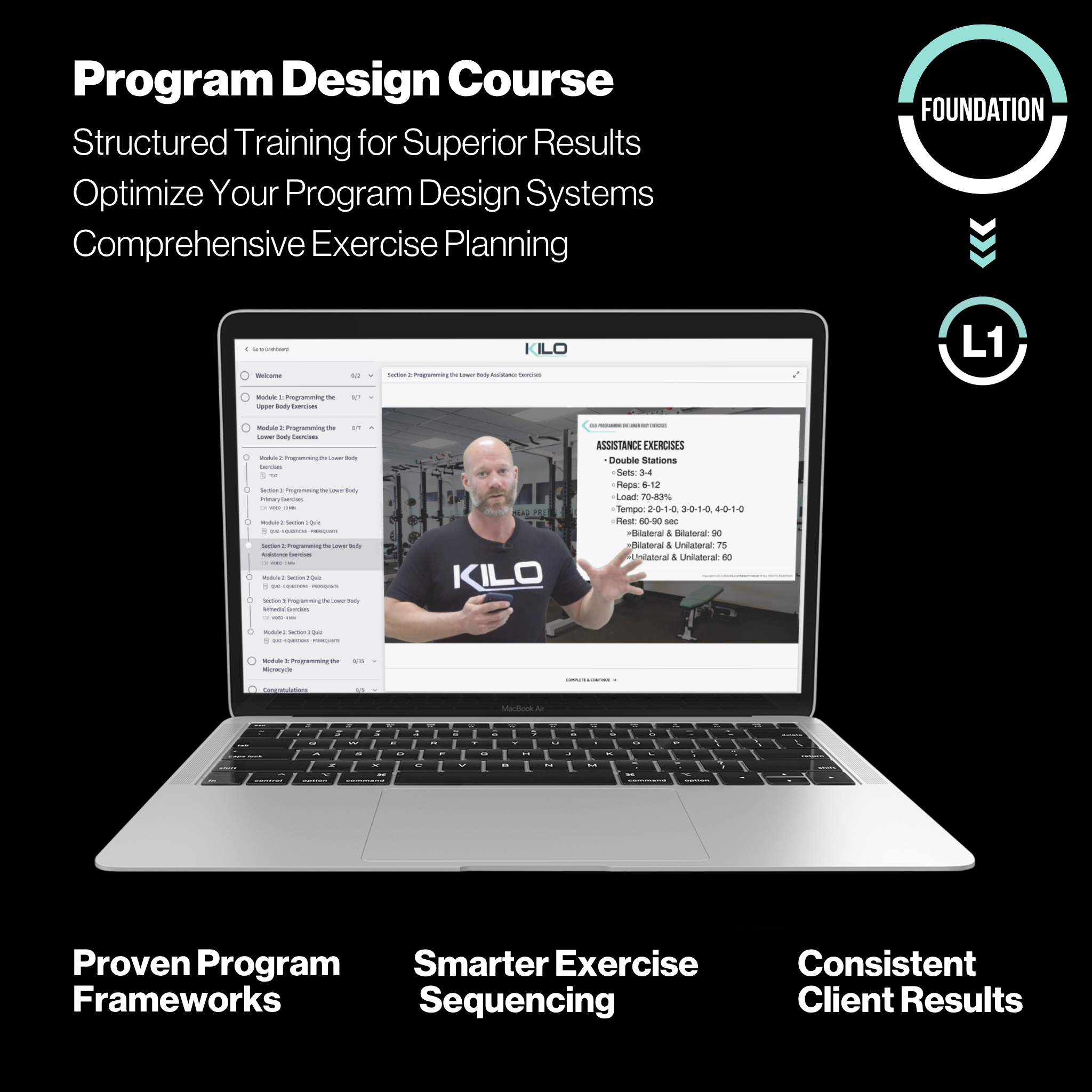


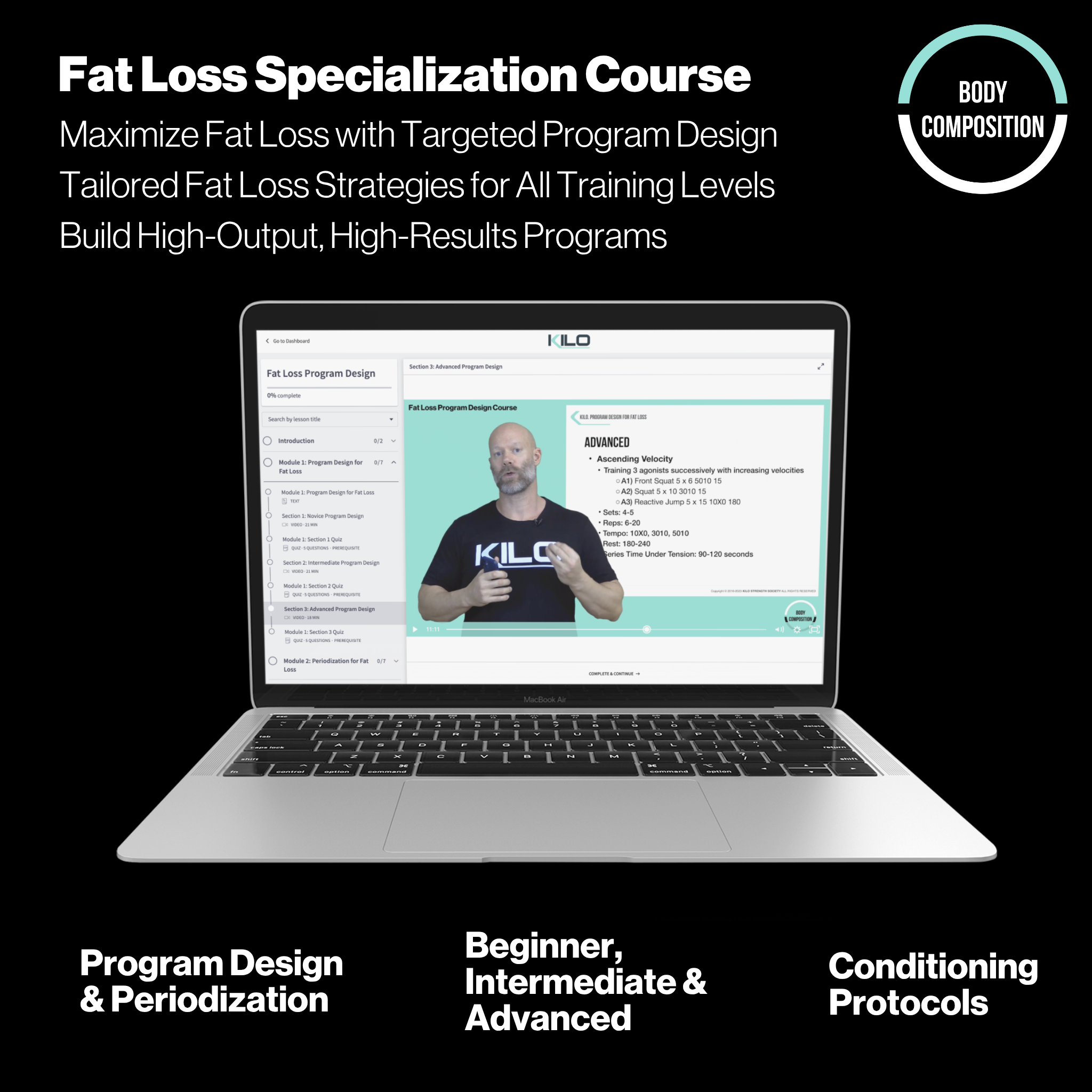
Share:
Mesocycle Loading for Strength Gains: How to Train Smarter, Not Just Harder
The B-Stance Deadlift: A Smarter Way to Manage Fatigue in Your Training